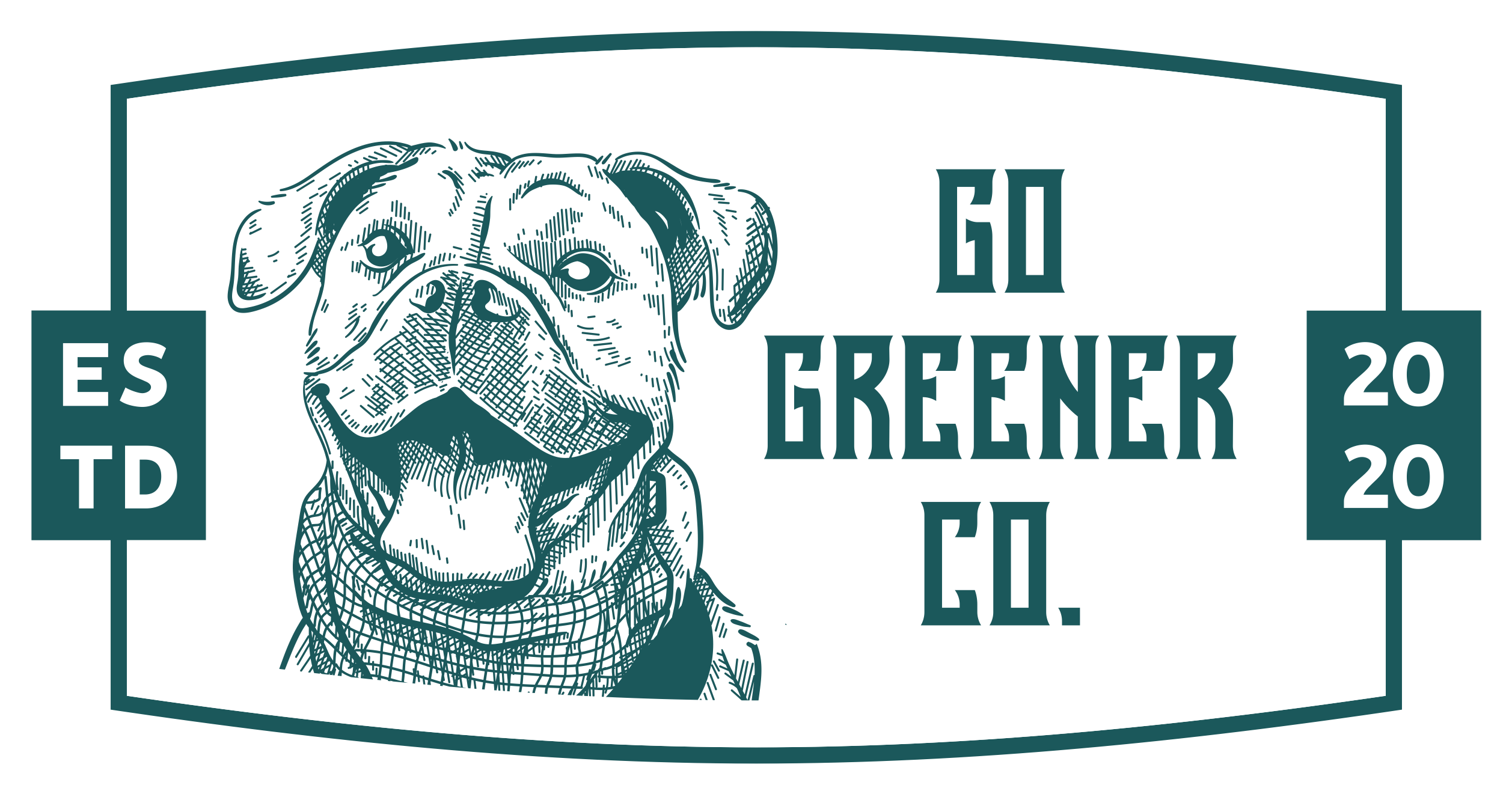A continuation of an article on Marketing Made Clear:
We all know that climate change is real. It’s no longer just a threat on the horizon – it’s here, it’s happening, and it’s affecting all of us. Humans, yes. But also our forests, oceans, and… our dogs.
From sweltering heatwaves that leave paws scalded on tarmac to unpredictable floods that disrupt our walks (and routines), the climate crisis is already changing the way our four-legged friends experience the world.
But could a simple, often-overlooked material – paper – actually be part of the solution?
Paper: Not the Environmental Villain We Thought
Paper gets a bad rap. It’s been accused of killing forests, clogging landfills, and generally being a bit of an eco-menace. But that’s yesterday’s news. Today’s paper industry – especially in Europe – is far greener than you might expect.
Thanks to strict regulations and certifications like FSC and PEFC, modern paper is often sourced from sustainably managed forests. In fact, European forests have been growing – at a rate of around 1,500 football pitches a day. That’s more than enough space for your dog to chase a thousand tennis balls… and then some.
These forests don’t just provide walkies spots. They also absorb carbon dioxide, helping to tackle global warming – a key driver of the increasingly erratic seasons we’re seeing (and sneezing through).
From Paw Prints to Paper Prints: Recycled is Best
While virgin fibre paper (made straight from wood) requires a lot of energy and water to produce, recycled paper is a different beast entirely. It can be recycled up to six times, and doing so:
- Uses 31% less energy
- Saves 35,000 litres of water per tonne
- Reduces CO₂ emissions by at least 20% compared to incineration
Plus, recycling paper avoids methane-spewing landfills – a gas 23 times more harmful than CO₂. That’s like a Chihuahua trying to out-bark a Great Dane – not even close.
In a neat twist, even the by-products of paper recycling – that leftover frothy gunk from de-inking – get reused. Some of it becomes compost, helping farmers grow the kind of grass your dog might enjoy snacking on (no judgment).
Packaging, Plastic and Poo Bags
If you’re trying to reduce your dog’s environmental pawprint, paper deserves a spot in your toolkit. The paper industry is innovating fast – just look at Coca Cola’s paper bottle prototype. It’s the kind of thing that could eventually replace plastic packaging across food, drink and even pet products.
Think about all the plastic wrapping on dog treats, toys, and (ahem) poo bags. Paper-based alternatives, where feasible, could massively cut down our collective contribution to plastic pollution.
And speaking of poo bags – yes, biodegradable options exist, but many still break down into microplastics or need industrial composting facilities. Fully recyclable or compostable paper packaging (and even paper-based alternatives to the bags themselves) could be a game-changer for eco-conscious dog owners.
But What About Going Digital?
We often hear that going paperless is greener – but that’s not the full story. The data centres powering all those cloud-stored vet records, training videos, and dog TikToks already contribute around 3% of global greenhouse gas emissions, and that’s rising.
And e-waste? Well, in 2016 alone, the world threw away more than the mass of the Empire State Building in phones and electronics. Unlike paper, very little of this is recycled efficiently.
In some cases, physical records (on recycled paper, of course) may be more sustainable – and certainly less likely to run out of battery during an emergency vet visit.
What This Means for You (and Your Dog)
So, what can we do?
- Choose recycled paper for household and pet use when possible – from notebooks to packaging.
- Support brands using paper packaging instead of plastic – especially in the pet sector.
- Recycle your paper properly. Avoid landfill and incineration whenever possible.
- Champion sustainable practices – whether it’s in your office, your dog food supplier, or your local council.
If enough of us start making paper a part of our sustainable lifestyle – without demonising it – we can help shift perception, and policy.
